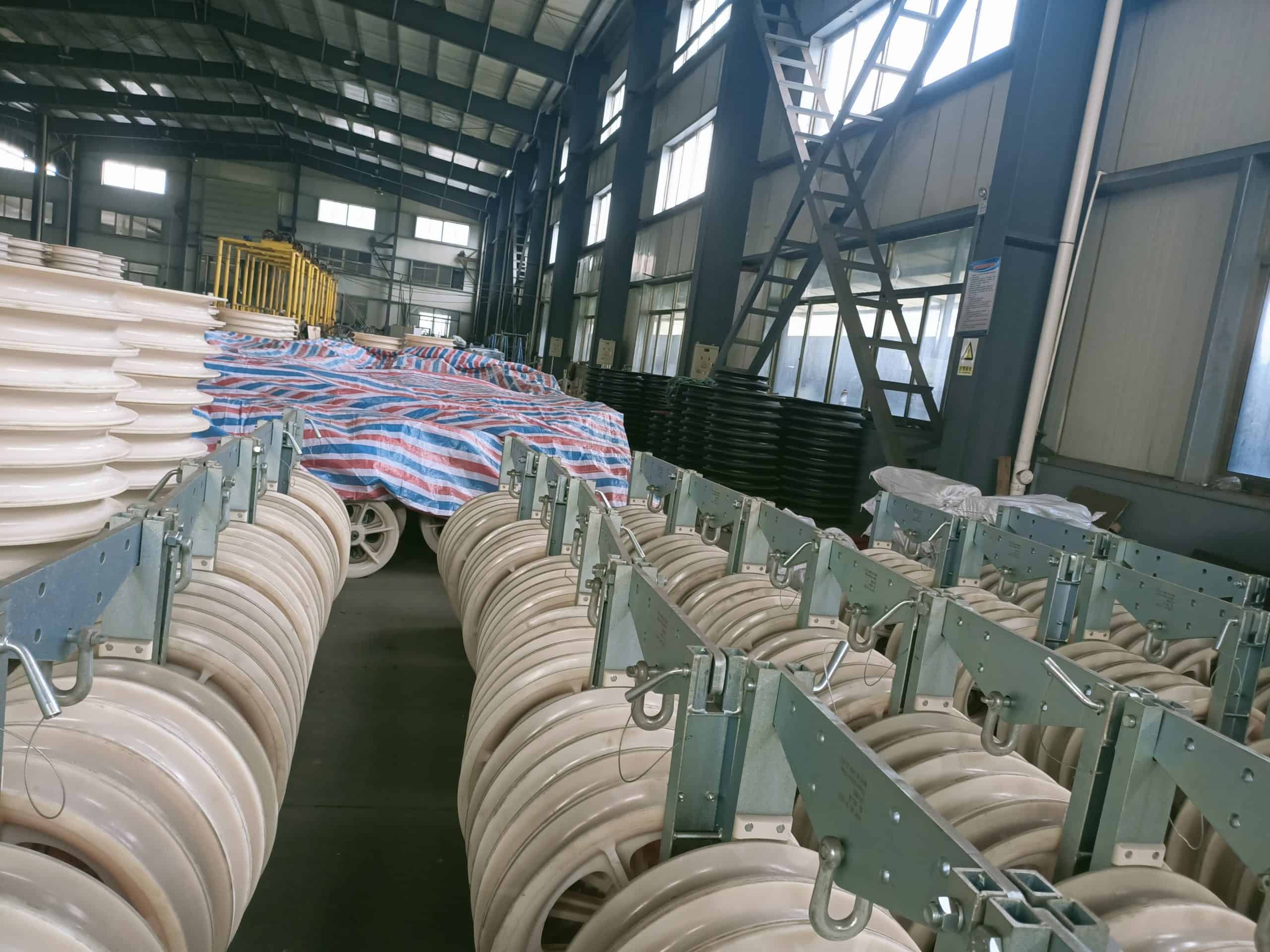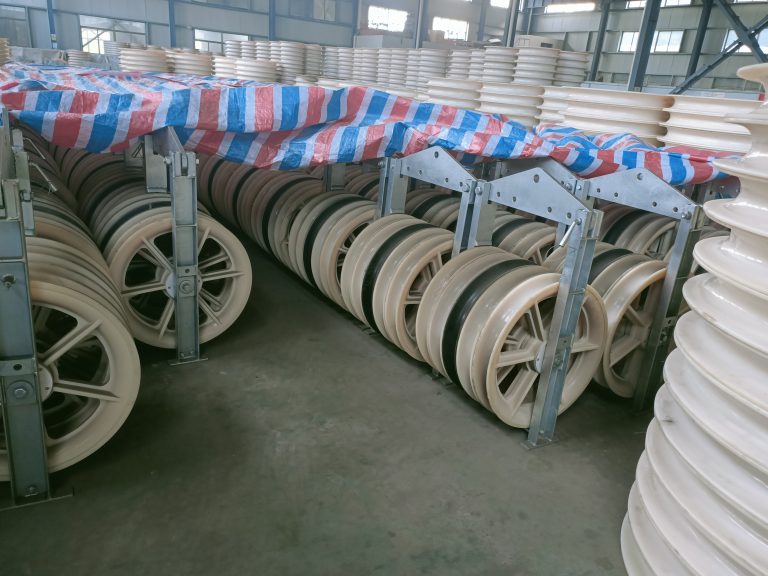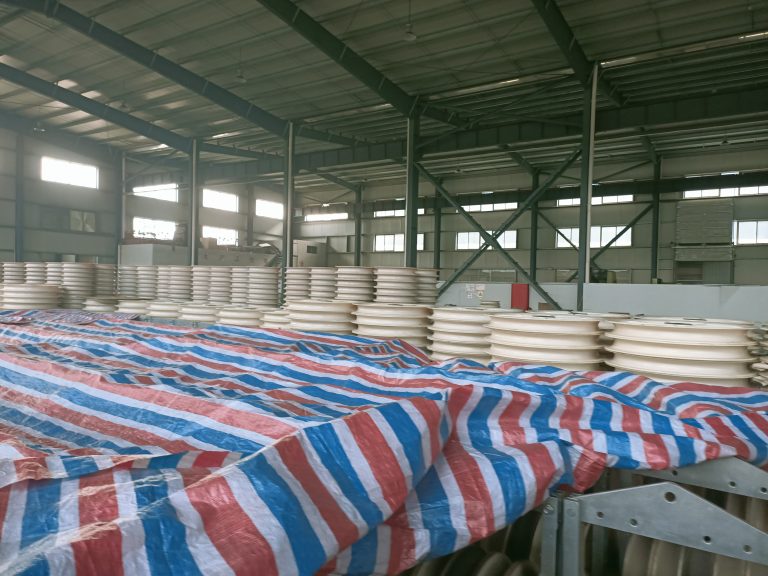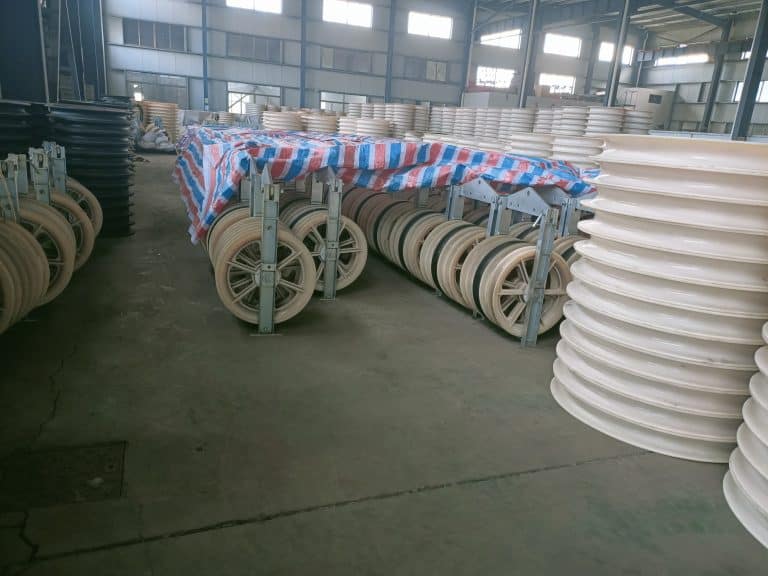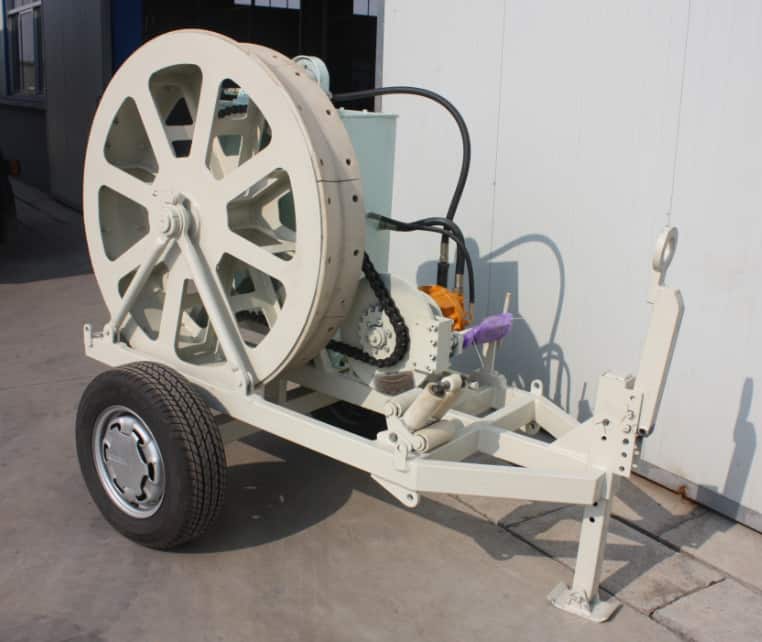Choosing the Right Plastic Stringing Blocks for Your Power Transmission Line Project
Plastic stringing blocks are a popular choice for power transmission line projects because of their…
Plastic stringing blocks are a popular choice for power transmission line projects because of their lightweight, durable, and corrosion-resistant properties. However, selecting the right plastic stringing blocks for your project can be challenging, as there are many factors to consider. In this article, we will discuss the key considerations when choosing plastic stringing blocks for power transmission line projects.
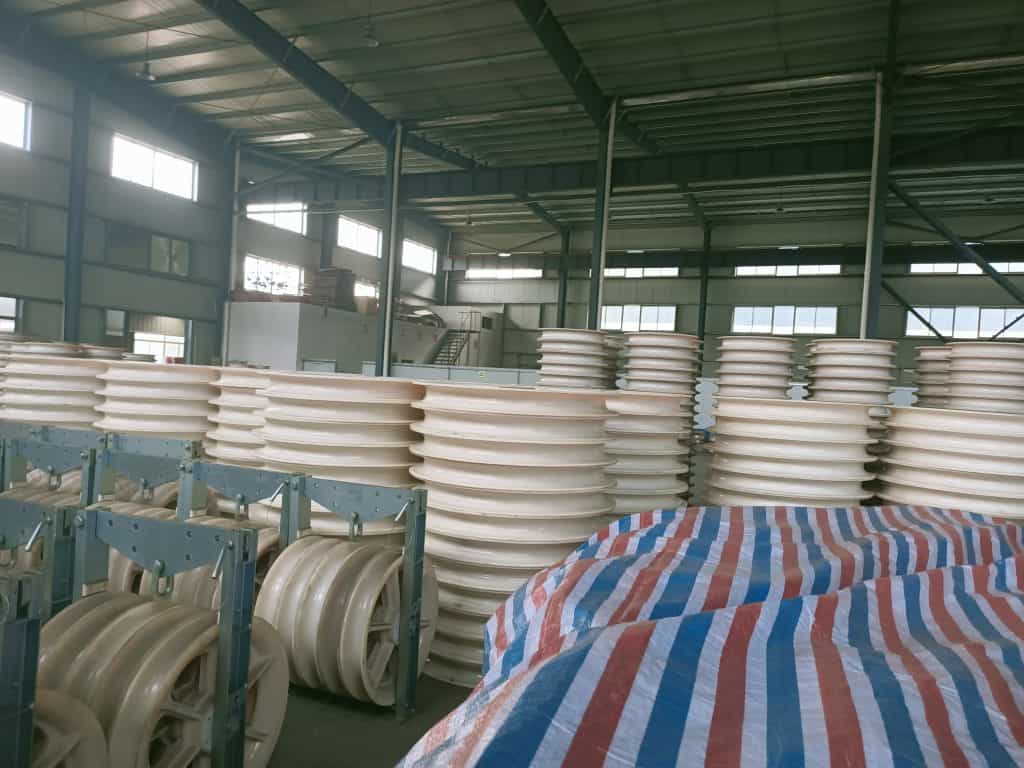
- Conductor Type and Size
The type and size of the conductor that will be used in your transmission line project will have a significant impact on the type of stringing block that you should choose. Different types of plastic stringing blocks are designed to handle different conductor types and sizes, so it is essential to select the appropriate block to ensure that your conductor is properly supported and guided throughout the installation process.
- Load Capacity
Another important consideration when selecting plastic stringing blocks is the load capacity of the block. Load capacity is the maximum weight that the block can support without breaking or becoming damaged. It is essential to choose a block with a load capacity that is appropriate for the weight of your conductor and any other equipment that will be used during the installation process.
- Corrosion Resistance
One of the primary advantages of plastic stringing blocks is their corrosion resistance. However, not all plastic materials are equally resistant to corrosion, so it is essential to select a block made from a material that is suitable for the environment in which your transmission line will be installed. For example, if your transmission line will be installed in a coastal or marine environment, you may want to choose a block made from a high-density polyethylene (HDPE) material, which is highly resistant to saltwater corrosion.
- Temperature Resistance
Another important consideration when selecting plastic stringing blocks is their temperature resistance. Plastic materials can become brittle or warp when exposed to high temperatures, so it is essential to select a block that can withstand the temperatures that are likely to be encountered during the installation process. For example, if your transmission line will be installed in a hot and sunny climate, you may want to choose a block made from a material that is highly resistant to UV radiation, such as HDPE or polycarbonate.
- Ease of Installation
Finally, it is important to consider the ease of installation when selecting plastic stringing blocks. Look for blocks that are designed to be easy to install, with features such as pre-drilled holes, integrated pulleys, and lightweight construction. Choosing blocks that are easy to install can help to reduce the time and cost of your transmission line project, while also ensuring that the blocks are installed correctly and safely.
In conclusion, choosing the right plastic stringing blocks for your power transmission line project is essential to ensure that your conductor is properly supported and guided throughout the installation process. Considerations such as conductor type and size, load capacity, corrosion resistance, temperature resistance, and ease of installation should all be taken into account when selecting plastic stringing blocks. By carefully selecting the appropriate blocks for your project, you can ensure the safe, efficient, and cost-effective installation of your transmission line.

